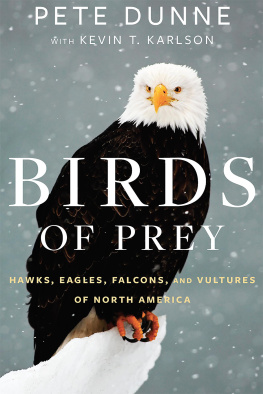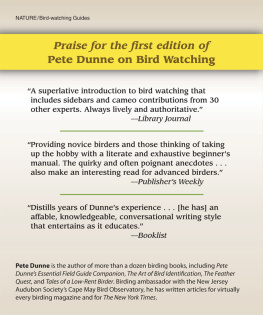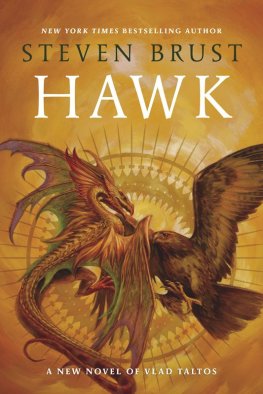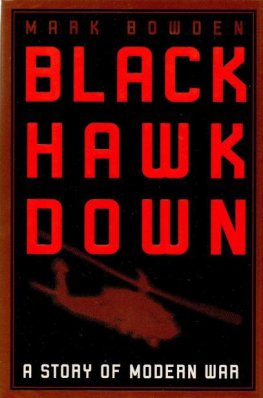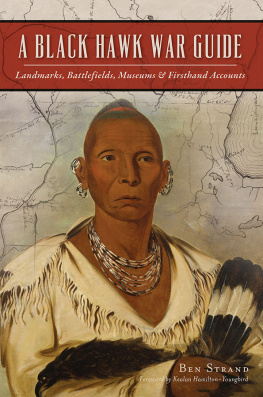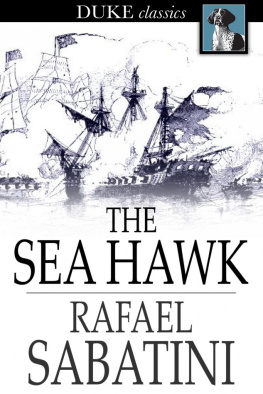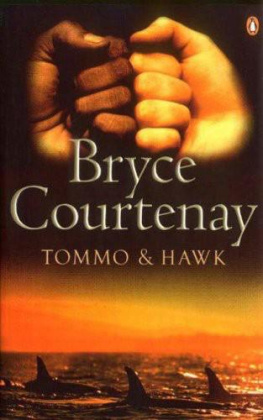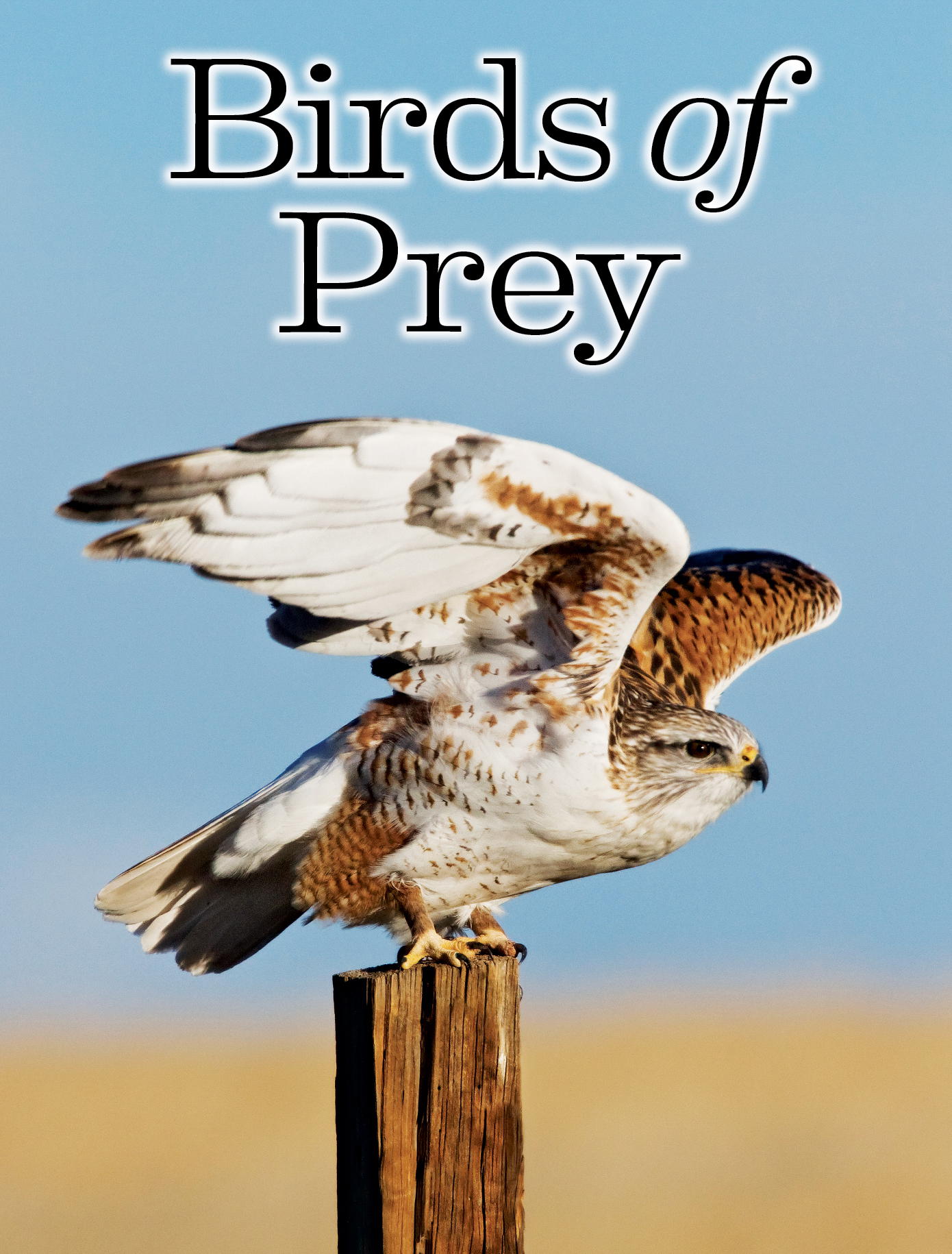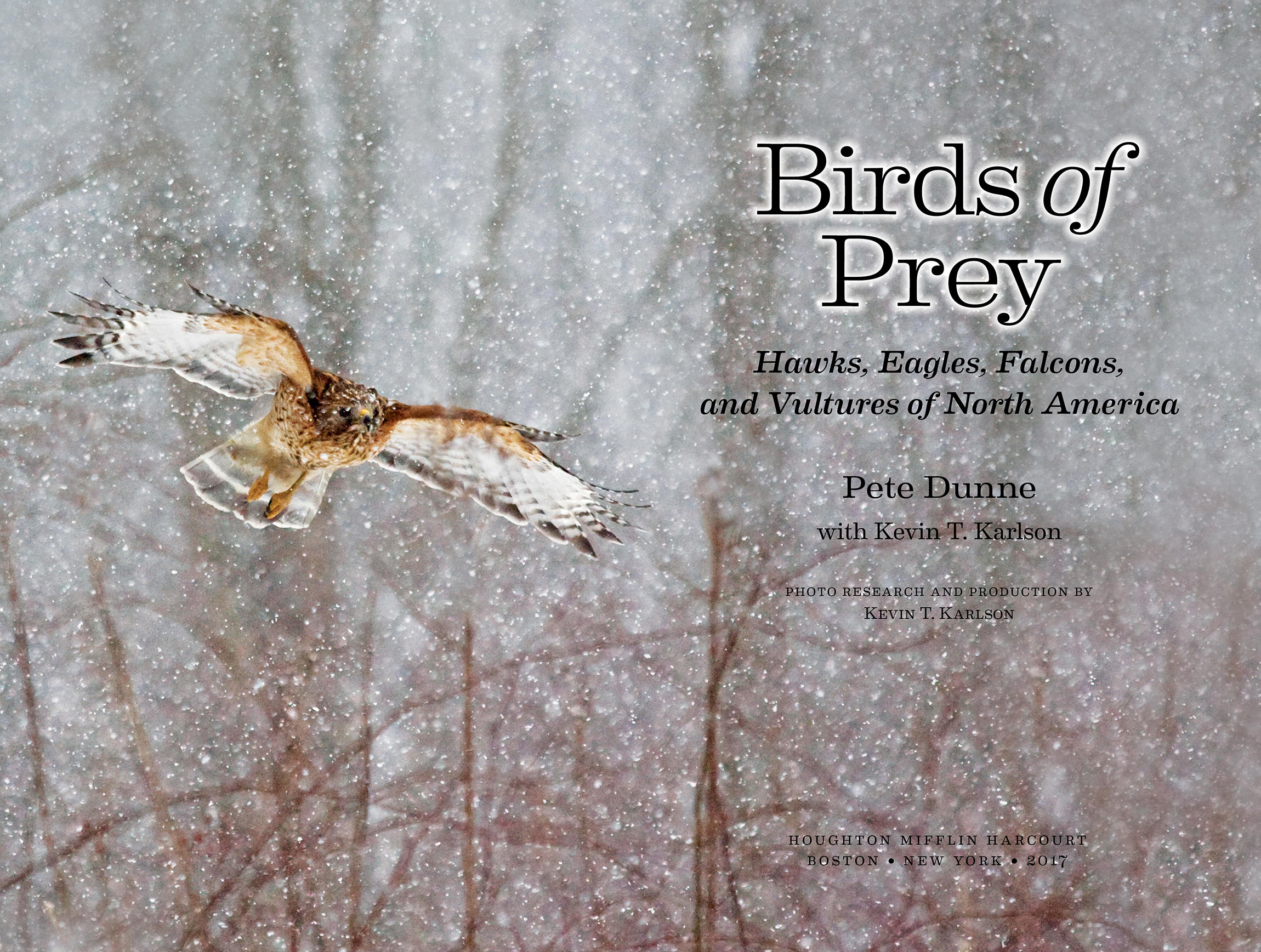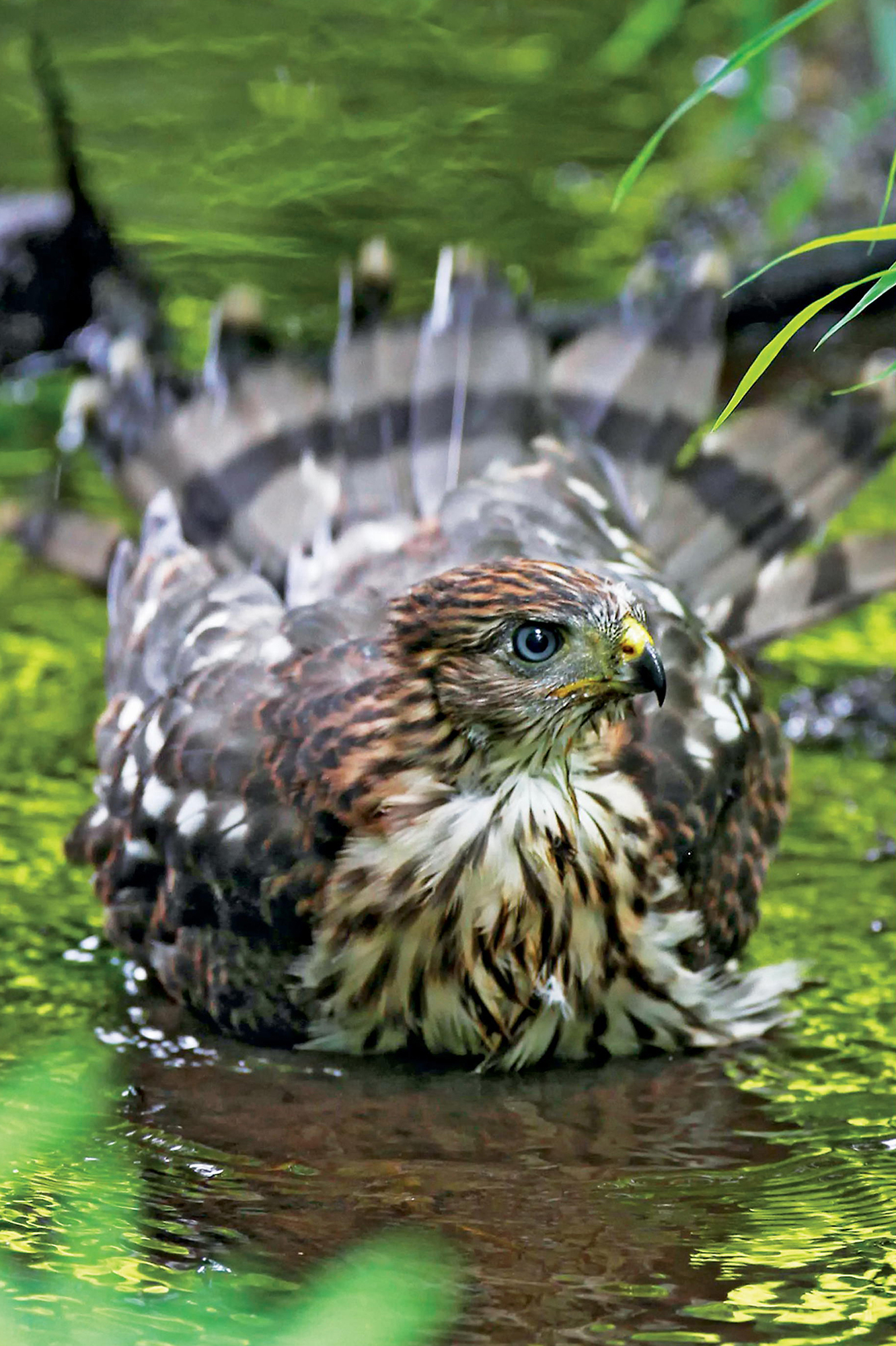Address requests for permission to make copies of Houghton Mifflin Harcourt material to or Permissions, Houghton Mifflin Harcourt Publishing Company, 3 Park Avenue, 19th Floor, New York, NY 10016.
Library of Congress Cataloging-in-Publication Data is available.
Book design by Eugenie S. Delaney
To the many hundreds of raptor biologists, with thanks for your insights and in partial compensation for the squadrons of sweat bees sharing your airspace in the rainforest canopy, the clouds of black flies, and mosquitoes that gather precisely when eyes fuse to the eyepiece of a spotting scope and a prey transfer is imminent.
Beyond recompense are the hours of downtime spent in crummy motels and on the floors of friends homes while you waited for lost luggage and promised permits to arrive or the weather to clear so you could finally get out there and engage the birds that give elevated meaning to our lives.
With thanks and admiration, this book is dedicated to you.
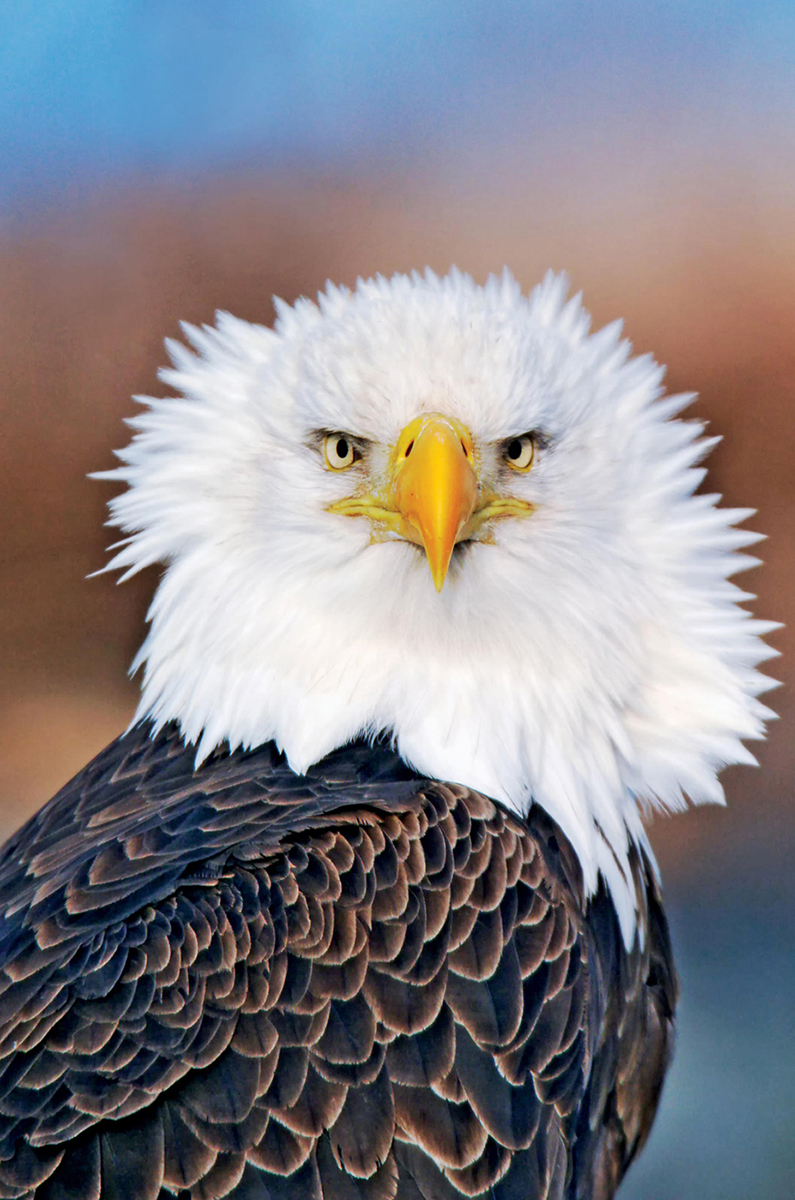
Adult Bald Eagle, Haliaeetus e pluribus unum , chosen by Congress to be the national bird of the United States in 1782. Jim Zipp
Acknowledgments
THIS BOOK STRIVES TO OFFER A CONTEMPORARY PROFILE OF NORTH AMERICAS diurnal raptors. It was written to appeal to anyone who has ever been inspired by these magnificent birds and designed to compile in comprehensive fashion the biological particulars that both distinguish and unite this bird group.
Invaluable in this regard are the following resources, whose combined wealth of knowledge allowed me to cherry-pick facts and weave them into a biographical narrative, a profile for each species.
First and foremost I acknowledge the significance of the Birds of North America series, which for so many species served as a primary resource. The significance of this monumental effort cannot be gainsaid and were it not for this resource, it is likely that I would not have attempted this book. The Handbook of the Birds of the World proved another useful resource, as did several informative and inspirational works whose information and insight-packed pages made this project both fruitful and fun. These include Helen and Noel Snyders Birds of Prey; Leslie Brown and Dean Amadons incomparable Eagles, Hawks, and Falcons of the World; Tom Cades The Falcons of the World; and Richard R. Olendorffs masterpiece, Golden Eagle Country. Bill Clark and Brian Wheelers concise and precise Hawks of North America was a perennial source of information, as was Paul Johnsgards Hawks, Eagles & Falcons of North America. This prolific and indefatigable writer seemed ever able to provide missing facts when other resources failed. Also invaluable was Colin Harrisons Field Guide to theNests, Eggs, and Nestlings of North American Birds, as well as Keith L. Bildstein, Jeff P. Smith, Ernesto Ruelas Inzunza, and Richard R. Veits State of North Americas Birds of Prey. But at the heart of all these works and these pages are the many hundreds of raptor biologists who have indentured their lives to the study of the birds profiled in these pages, beginning with Alexander Wilson and extending now to such notable contemporaries as Helen and Noel Snyder, Tom Cade, Ted Swem, Brian Millsap, Laurie Goodrich, Carol McIntyre, and Keith Bildstein.
All credit for the visual appeal of this book goes directly to my good friend Kevin Karlson, with a due measure of thanks apportioned to the many fine nature photographers whose talent and dedication to their craft is underscored by the many superlative images found herein. Accordingly and with gratitude, I call your attention to the following photographers, whose names are listed in the order and measure of their photographic contributions: Kevin T. Karlson, Jim Zipp, Brian Sullivan, Jerry Liguori, Steve Sachs, Ned Harris, Brian Small, Greg Lasley, Bill Clark, Chad and Chris Saladin, Lloyd Spitalnik, Tom Johnson, Rob Curtis, Don Riepe, Mike Lanzone, Ed Schneider, Ron Mattson, Vic Berardi, Gerry Dewaghe, Karl Lukens, Larry Manfredi, Chris Montano, Ray Schwartz, and Ryan Zipp. Added thanks to Jerry Liguori for his review of the images.
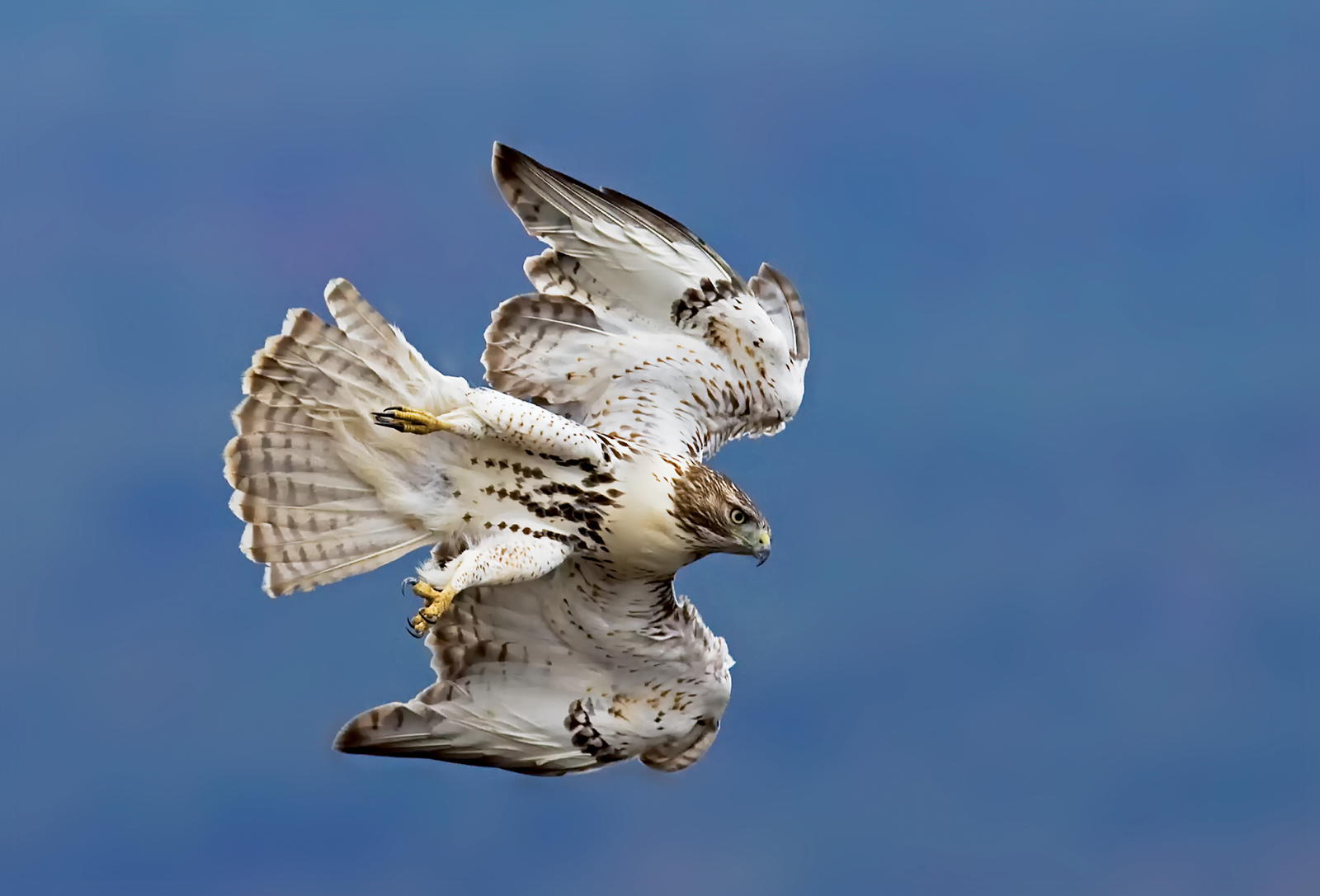
Red-tailed Hawk, like this juvenile, is the most widespread raptor in North America. Namesake red tails are assumed during the birds first molt and complete by the second autumn of the birds life. Jim Zipp
Thanks, too, to the Bayshore Discovery Project for its historic photo of harriers murdered on New Jerseys Delaware Bayshore.
My very special thanks is extended to Ren Buccinna and Dr. Laurie Goodrich, who found time to review this manuscript, and to Trish Miller and Michael Lanzone for their insights on Golden Eagles. All residual errors are, of course, the responsibility of the author. Additional thanks to Bill Clark and Brian Wheeler for reviewing the manuscript and providing important comments and corrections.
Final thanks and recognition are accorded to my splendid editor of many years, Lisa White at Houghton Mifflin Harcourt, and my sage and supportive agent, Russell Galen, who is, like you, like me, a raptor fan.

While most raptors appear fierce to our eyes, the pugnacious Merlin, a small bird-catching falcon, looks particularly nefarious. This male taiga Merlin was photographed in Cape May, New Jersey. Kevin T. Karlson
INTRODUCTION
The Allure of Raptors
PEREGRINE, I ANNOUNCED, DIRECTING PEOPLES ATTENTION, WITH RAISED binoculars, to the stiletto-winged bird soaring over the hawkwatch platform at Cape May Point, New Jersey.
Around me I felt others imitate the gesture, including the gentleman beside me, Dr. Harold Axtell, retired curator of biology at the Buffalo Museum of Science.
The bird stopped circling and lined out southeast over the Atlantic Ocean. Next stop? South America, perhaps.
Lowering my binoculars, I took in the sea of faces still studying the bird. Most were creased by smiles. A few had mouths contorted by appraising Os.
Into the early 1970s, even in such celebrated hawk-watching junctions as Cape May, New Jersey, Peregrines remained an uncommon species, their North American population still suppressed by DDT poisoning.

